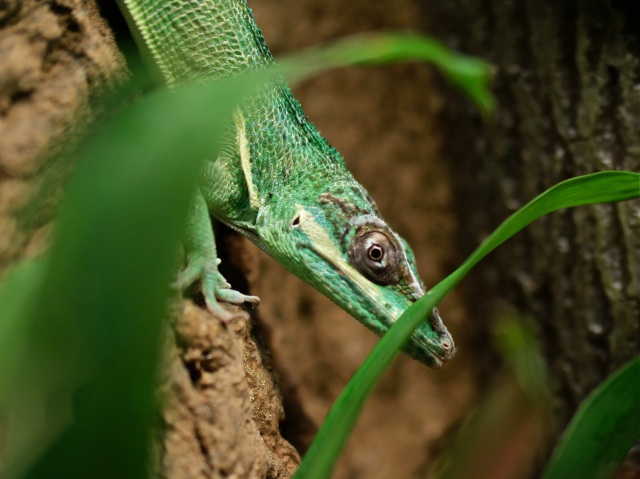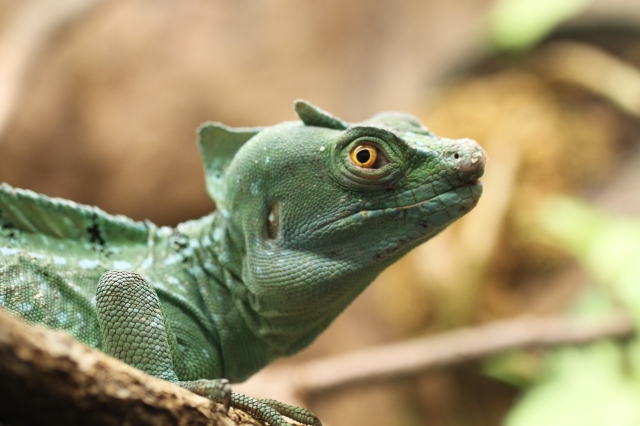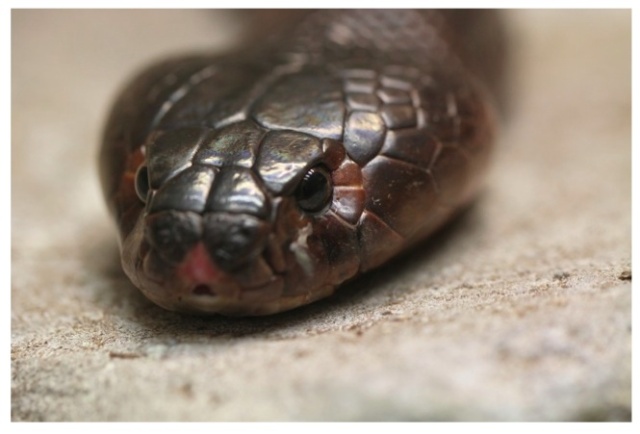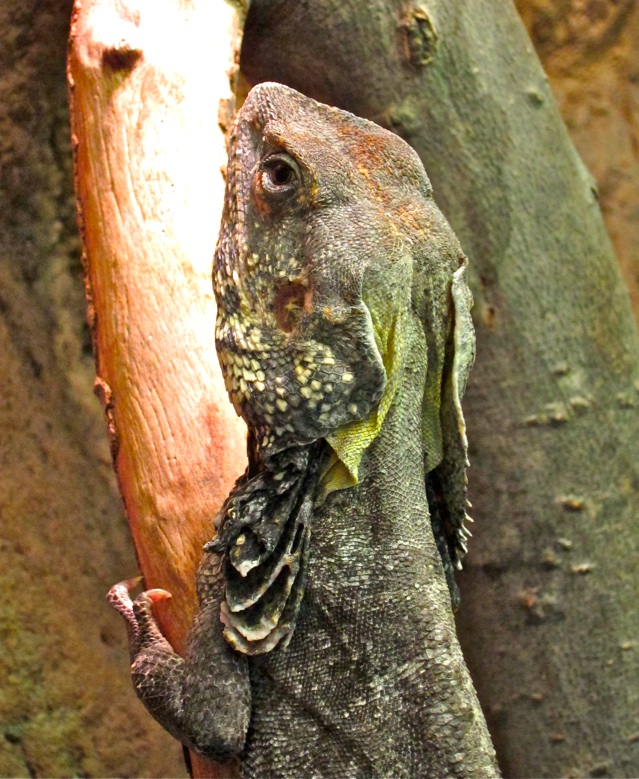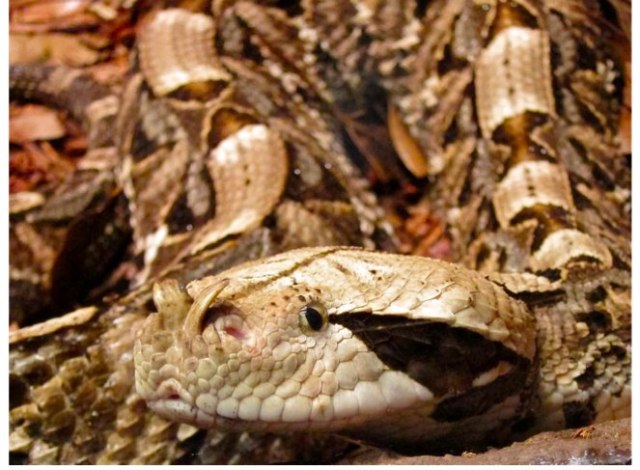Western Fence Lizard
Sceloporus occidentalis Phrynosomatidae
Distribution: Western U.S.
Habitat: Grassland, broken chaparral, sagebrush, woodland, coniferous forest, and farmland, and occupies elevations from sea level to 10,800 ft. They generally avoid the harsh desert.
Appearance: 13-15cm (5-6 inches) They are brown to black in color (the brown may be sandy or greenish), but their most distinguishing characteristic is their bright blue belly, and the ventral side of the limbs are yellow. These lizards also have blue patches on their throats. This bright coloration is faint or absent in both females and juveniles. The scales of S. occidentalis are sharply keeled.
Diet: Fruits, leaves, buds and flowers.
Remarks: The presence of western fence lizards is thought to diminish the danger of transmission of Lyme disease by ticks. The incidence of Lyme disease is lower in areas where the lizards occur, and when ticks carrying Lyme disease feed on these lizards (which they commonly do, especially around their ears), the bacteria that cause the disease are killed 



